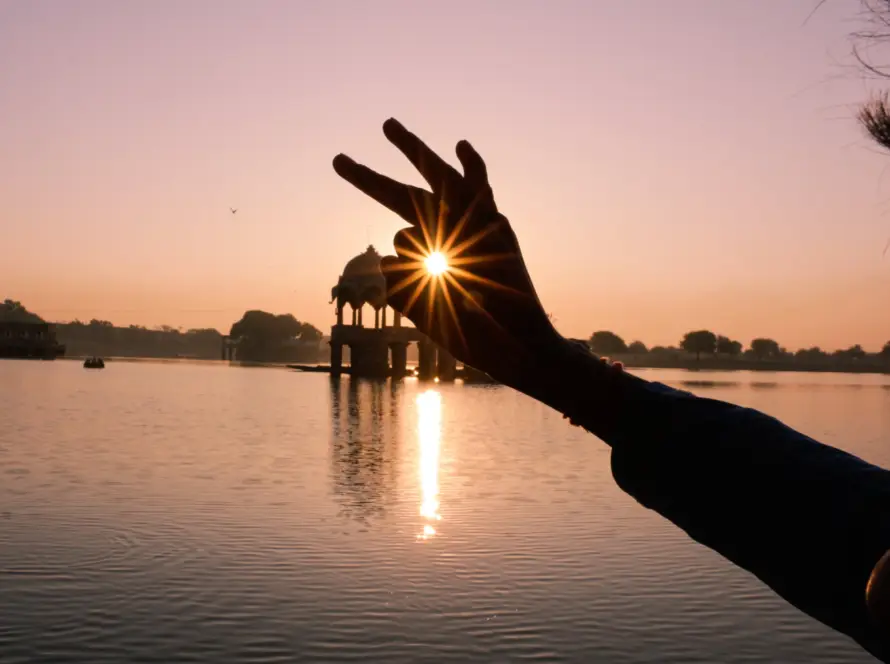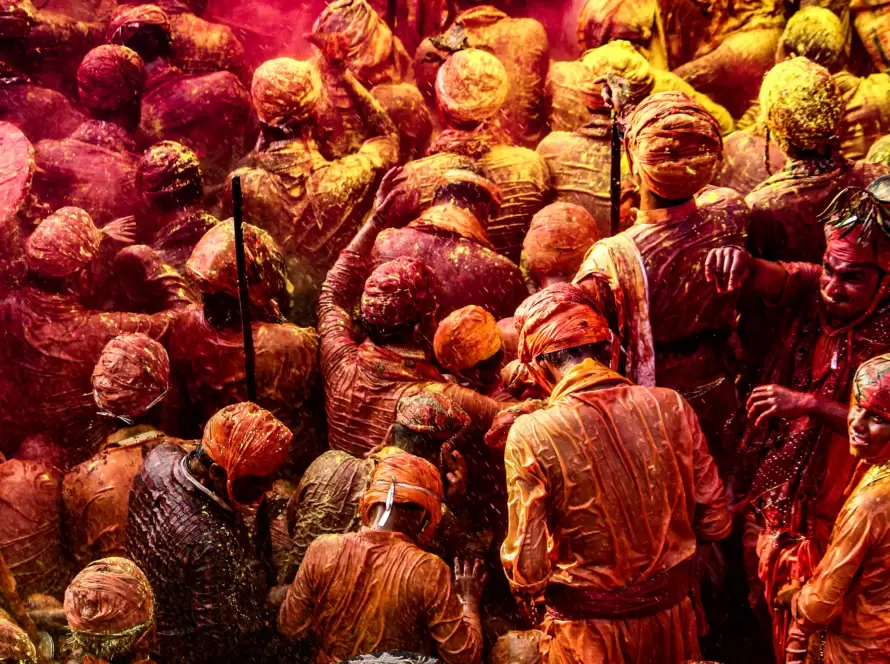Generated by Contentify AI

India’s rich and diverse textile heritage dates back several centuries, showcasing an extensive array of ancient weaving techniques, traditional motifs, and intricate embroidery styles. The exploration of India’s ancient textiles unveils a treasure trove of historical significance, cultural symbolism, and exquisite craftsmanship. From the majestic Banarasi silk sarees to the vibrant Kalamkari fabrics, each textile narrates a compelling story of Indian artistry, tradition, and aesthetics.
Delving into the world of ancient Indian textiles provides a fascinating glimpse into the country’s profound connection with its heritage. The intricate and time-honored methods of weaving, dyeing, and printing have been meticulously preserved through generations, exemplifying a remarkable continuity of craftsmanship. The utilization of natural dyes, such as indigo, turmeric, and madder, further adds to the allure of these textiles, reflecting India’s deep-rooted reverence for sustainability and eco-friendly practices.
Moreover, India’s ancient textiles encapsulate an awe-inspiring assortment of traditional motifs and designs that hold symbolic meanings and cultural significance. Whether it’s the auspicious peacock motifs adorning the Patola silk sarees or the geometric patterns of the Ajrakh block prints, each motif carries a profound narrative, often rooted in mythology, folklore, or religious beliefs. This infusion of storytelling within the textiles not only enhances their aesthetic appeal but also perpetuates the legacy of India’s art and cultural heritage.
In essence, the exploration of India’s ancient textiles offers a captivating journey through time, unraveling the intricate tapestry of the country’s artistic legacy. These textiles serve as a testament to India’s unparalleled craftsmanship, artistic ingenuity, and profound cultural heritage, reinforcing their enduring allure in the contemporary world. Embracing India’s ancient textiles not only celebrates the country’s artistic legacy but also fosters an appreciation for the timeless traditions and artistic finesse preserved within each fabric, thus perpetuating their legacy for generations to come.
Key Takeaways
- India has a rich tradition of textile production dating back thousands of years, with various regions specializing in different techniques such as weaving, dyeing, and printing.
- The use of natural dyes, intricate patterns, and handcrafted textiles continues to be a significant part of India’s cultural heritage and plays a vital role in the country’s economy.
- Artisans and organizations are working to preserve and promote traditional Indian textiles, blending ancient practices with modern designs to cater to contemporary tastes and global markets.



